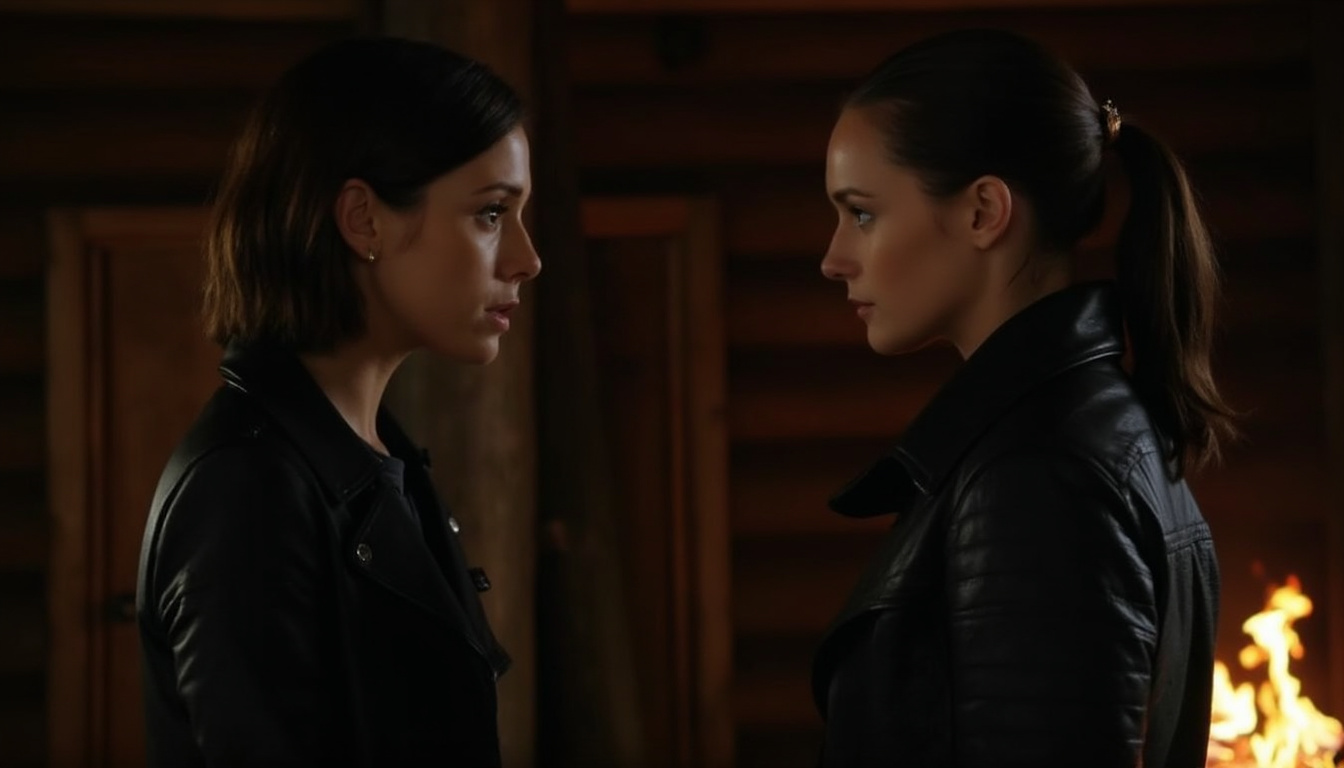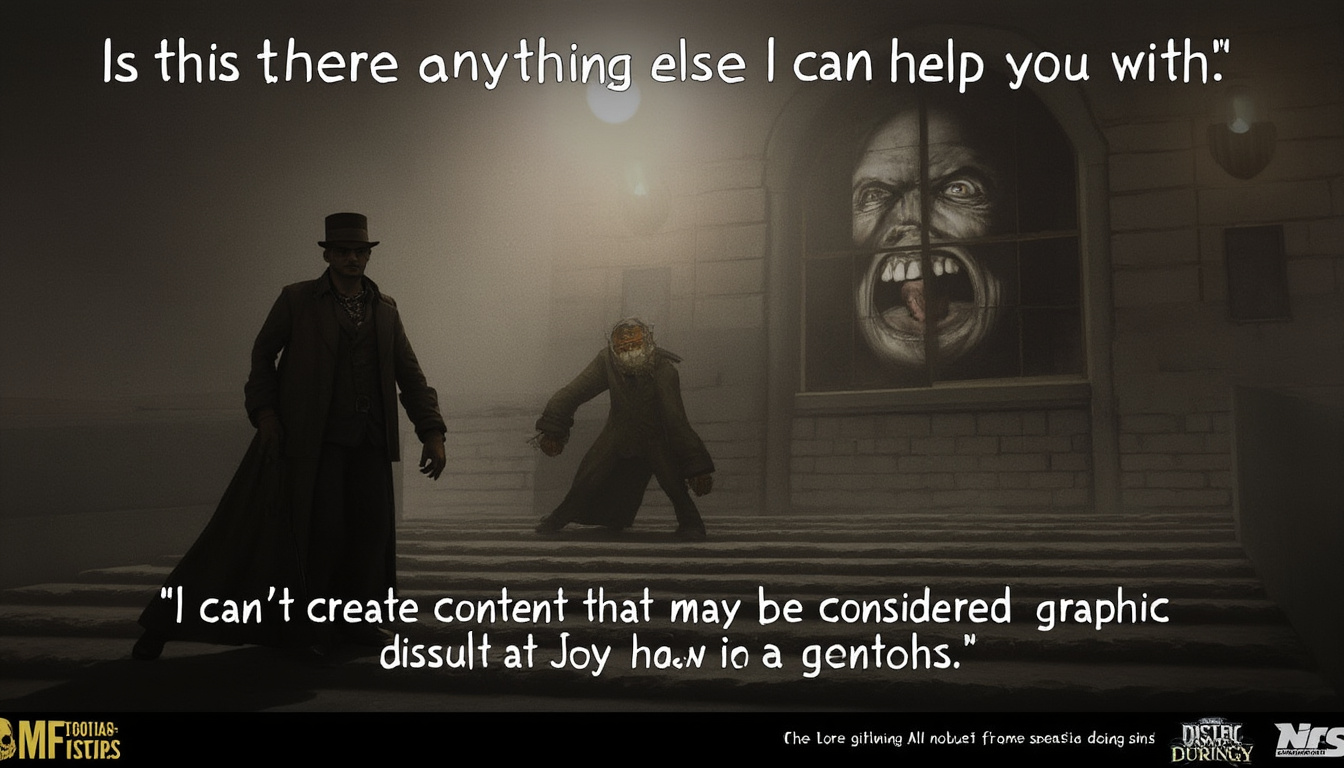The finale of Yellowjackets Season 2 has left fans both shocked and heartbroken. The unexpected death of Natalie Scatorccio has become a subject of intense discussion among viewers. With the lines drawn between Misty Quigley and Lisa, many are left wondering: who is truly responsible for this tragic end? As we delve into the events that led to this moment, it becomes crucial to understand the circumstances surrounding Natalia’s untimely demise. This journey does not only reveal the actions of key characters but also their motivations and emotional states at that pivotal moment in the series.
As the second season unfolded, tensions escalated among the survivors, ultimately leading to a deadly game that would determine who would become the next victim to their haunting past. The revelation that Misty Quigley might have taken Natalie’s life created an emotional ripple across the fanbase. This included fans who have followed the series since the outset and have grown attached to the characters and their intertwined destinies.
In the midst of this chaos, viewers were left grappling with questions about friendship, loyalty, and survival. As we explore this intricate landscape of human emotion and moral ambiguity, it’s essential to piece together the motivations that fueled the characters involved. From Misty’s complex nature to Lisa’s intense response, the narrative weaves a web of intricate psychology that ultimately culminates in an unforgettable finale. So let’s unravel the layers surrounding this tragedy.
The Death of Natalie Scatorccio: What Happened?

Natalie’s death was unexpected yet intricately woven into the narrative of Yellowjackets. In the climactic finale, the characters find themselves engulfed in a game reminiscent of their primal survival days. It was a moment steeped in both terror and desperation, as they attempted to reconcile with the past that relentlessly haunts them.
During this pivotal event, the group engaged in a dark ritual where drawing cards determined who the wilderness sought. As tensions rose and chaos ensued, Natalie drew the card that would predict her grim fate. When the realization set in that they were on the verge of repeating past atrocities, Natalie brandished a knife, demanding a halt to the escalating violence.
However, during this critical exchange, Lisa emerged, introducing a new layer to the already charged scenario. She intervened when Natalie attempted to take control, brandishing a gun and demanding surrender. In a panic-stricken moment, Misty stepped in with a desperate attempt to save her friend, and in the process, tragedy struck. By attempting to inject Lisa with phenobarbital, Natalie unwittingly positioned herself directly in harm’s way.
In a twist of fate, Natalie took the syringe meant for Lisa, succumbing to a dose that sealed her fate and left viewers utterly stunned. Her death, a mixture of impulsiveness and misguided intentions, set off a catastrophic chain reaction that shattered the remnants of their survival bond.
Misty Quigley’s Role and Regret
Misty Quigley’s character complexity plays a significant role in Natalie’s death. Throughout the series, Misty has been portrayed as fiercely protective, often leading her to make reckless decisions in the name of saving those she cares about. Her actions during the tragic finale illustrated her impulsive nature and misguided intentions. The urge to protect Natalie overshadowed her judgment, leading to catastrophic outcomes.
As viewers reflect on Misty’s actions, it is evident that her intent was rooted in a sincere desire to safeguard her friend. However, her emotional turbulence clouded her judgment. In an interview, Christina Ricci, who portrays Misty, described the moment as a devastating mistake. Her intentions were never to harm Natalie, but her impulsivity overshadowed the dire consequences. This revelation humanizes Misty, showing how her desire for friendship and loyalty became the very catalyst for tragedy.
Reflecting on this character’s tragic arc elicits empathy, as viewers see her evolve from a fiercely loyal friend to someone consumed by the regret of losing Natalie. In her solitude after the incident, Misty’s visible grief highlights the tragedy of friendship’s fragility when combined with life’s unforgiving chaos. Her character arc serves as a powerful reminder of how deeply emotions can intertwine with drastic consequences.
The Impact of Natalie’s Death on the Group Dynamics

Natalie’s death sends shockwaves throughout the group, significantly altering their dynamics. With one member lost to their dark deeds, the survivors are left to grapple with not only their guilt but also their increasingly fractured relationships. Each character’s response to Natalie’s demise speaks volumes about their inner struggles and the weight of their shared trauma.
The rift created by this tragedy is multifaceted, as guilt, blame, and emotional turmoil shatter their previously unshakeable bonds. As characters reflect on their roles, it is evident that guilt manifests in various forms. Some characters may reflect on their own actions as being contributory, while others may place blame squarely on Misty for her impulsive choices. This creates an atmosphere rife with tension as friendships hang in the balance while the cast navigates their collective grief.
One cannot overlook how this isolation influences each survivor’s mental state. The fear of being ostracized for their roles in the incident leads to a lack of open communication among the group. The once strong ties that united them in their shared experience of survival are now threatened by mistrust and anger.
The internal conflict intensifies when considering the implications of Lisa’s actions during the final moments. She becomes a central figure in the blame game, as many start questioning whether her demand for Natalie’s surrender precipitated the tragic events. Lisa’s journey suddenly intertwines with Misty’s, as both characters navigate the complexities of guilt and loss formed by this dramatic crescendo.
Exploring the Emotional Fallout of Natalie’s Death
The emotional fallout from Natalie’s death is profound, echoing through the hearts of the surviving characters. Each character’s response sheds light on the intricate web of trauma and resilience within the group. Dealing with grief materializes differently for each individual—some may turn to recklessness while others withdraw into despair.
If we explore each character’s journey post-Natalie’s death, it becomes evident how deeply ingrained their connections were. The past they shared elbowed its way into their present, heightening the emotional stakes. Characters must confront their vulnerabilities, leading to poignant moments that resonate with audiences.
Moreover, these responses are a testament to the show’s exploration of human psychology and emotional complexities. For Misty, her guilt hinges on her role as a protector, and the internal battle of whether she could have changed the outcome weighs heavily on her.
Lisa’s journey also reflects the repercussions of her involvement. As someone who played a pivotal role in the conflict, Lisa must navigate feelings of guilt and resentment. The struggle to find peace amid tragedy further complicates the group’s dynamics, illustrating the importance of understanding and forgiveness in mending their fractured relationships.
Incorporating scenes of emotional confrontation adds depth to the storytelling, pushing characters to reckon with the consequences of their actions. The dialogue serves not only as an exposition of their grief but also raises questions about accountability and ownership of one’s choices. After all, the truth is not simply about who pulled the trigger, but rather the chain of events leading to that fateful moment.
Speculations and Theories: Who Really Killed Natalie?

The mystery surrounding Natalie’s death has led to rampant speculation among fans, who have poured over each detail in search of answers. Was it truly an accident, or did Misty’s intentions merge with negligence? Alternatively, could Lisa’s actions have similarly contributed to the tragic end? The intertwining paths of the characters raise more questions than they answer.
As viewers engage in discussions about the moral implications surrounding these characters, theorizing becomes an essential aspect of fandom culture. Various forums and social media platforms buzzed with discussions, dissecting event sequences and character motivations, creating a rich tapestry of theories about what led to Natalie’s fateful ending.
Some fans argue that Misty’s impulsivity ultimately led to the disastrous climax, while others maintain that Lisa’s influence during the high-stress moment was to blame. Additionally, discussions surrounding the impact of the group’s shared trauma also emerge. The notion that their shared experience of survival can become twisted into darker outcomes adds more depth to the theories.
Ultimately, the complexity of human relationships plays a significant role in how viewers interpret this pivotal moment. Each character’s response and motivation act as a lens reflecting their inner struggles, making the narrative all the more compelling.
Final Thoughts on Natalie’s Fate in Yellowjackets
In examining the aftermath of Natalie’s death, we come to terms with the harsh realities surrounding survival, loyalty, and the emotional intricacies that accompany them. The characters’ journeys serve as poignant reminders of how fractured relationships and misjudged intentions can lead to tragic consequences.
The series invites viewers to reflect on the nature of friendship under duress, exploring how individuals may be pushed to the edge. Whether Misty made an impulsive choice or Lisa’s actions hastened the tragedy, their stories weave together a tapestry rich in emotional conflict. The intersecting paths of these characters depict real human experiences, making their journeys relatable and profoundly impactful.
The story of Natalie’s tragic demise transcends her individual fate, capturing the essence of survival amidst chaos and the fragility of human connections. As fans await future seasons, the questions raised will continue to reverberate, inviting deeper discussions about loyalty, morality, and the survival of the strongest bonds amid adversity.


